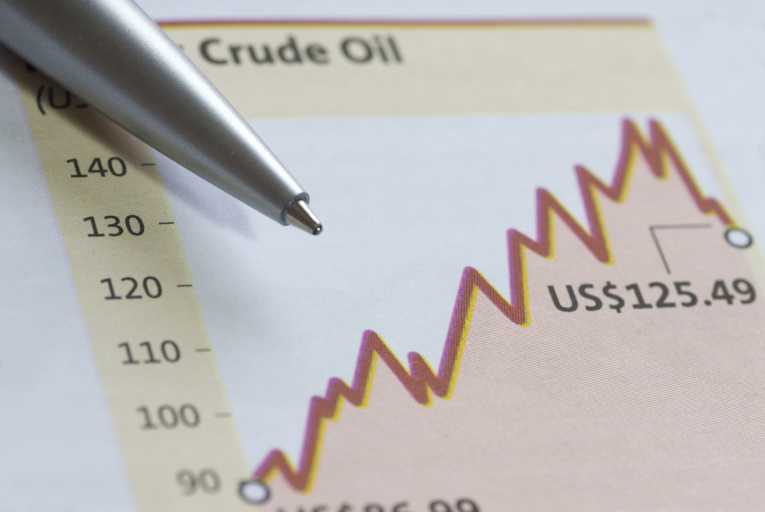The energy industry is still pumping more oil than the world can consume, and is facing a medium-term future that is far less profitable than its recent past, the International Energy Agency warns in a grim report that sent skittish crude markets careening yet again.
That warning from the IEA Tuesday came as bargain-basement oil prices continued to take a toll on producers, The Globe and Mail reported Wednesday.
Calgary-based Talisman Energy Inc. reported a $1.7-billion (US) write-down on a bundle of assets including Texas shale oil properties, a Colombian partnership and its long-troubled North Sea operation. Oil services giant Halliburton Co. announced it would cut its global work force by 8 per cent, or up to 6,400 employees.
The market can expect some downward pressure on prices until summer as supply continues to outpace demand and inventories build to near-record highs, the IEA said, adding the recovery will leave prices far below the triple-digit levels enjoyed in recent years.
After four days of gains, traders responded to the bearish report – and renewed strength in the US. dollar – by sending global crude prices tumbling. The North American benchmark West Texas Intermediate fell more than 5.4 per cent, down $2.84 to $50.08 (US) a barrel, while North Sea Brent slumped by $1.91 to $56.43 (US).
“I think it was a good reminder that there is still plenty of supply yet to come and there is speculation over how much is going to be going into storage,” said John Kilduff, partner at New York energy hedge fund Again Capital LLC. “It’s very much a reality check for a market that got ahead of itself.”
The Paris-based agency said producers can’t count on a demand response to reinflate prices over the next several years. But the market should stabilize by midyear as a result of declining production in key countries such as Russia, Colombia and Venezuela and much slower supply growth in the United States.
“The result is that, barring any unexpected supply disruption or major, energy-related change in policy, the market rebalancing will likely occur relatively swiftly but will be comparatively limited in scope, with prices stabilizing at levels higher than recent lows but substantially below the highs of the last three years,” said the IEA, which advises richer countries on energy policy.
Partial Benefit
Several producers will rebound quickly once prices start to rise, notably the US industry, and OPEC members Iraq and Iran, though the latter is counting on the lifting of sanctions related to its nuclear activities.
But the IEA said prices will remain well below the triple-digit highs seen in the past several years until at least 2020, as the US shale industry bounces back as quickly as it idled drilling, and demand growth remains muted despite lower prices.
Despite the current slump in drilling activity, the IEA said the United States will remain the greatest source of supply growth over the next five years, with liquids productions – including ethanol, natural gas liquids like propane and crude oil – rising to 14-million barrels per day from 11.8-million last year.
Despite some signs of higher gasoline consumption in the United States, the agency said demand growth over the next five years will remain well below its recent pace, due to structure issues in both the developed world and emerging giants such as China. It forecast annual growth of 1.2 per cent, compared to 1.9 per cent from 2001 to 2007 when spectacular Chinese growth was driving the market.
Some analysts argue lower prices will stimulate greater consumption, but the IEA rejected that view. “Indeed, the recent price decline is expected to have only a marginal impact on global demand growth for the remainder of the decade,” it said.
Bank of Nova Scotia economist Patricia Mohr is more optimistic than the Paris agency, saying the decline in rig count and fast decline rates in the shale sector suggest the United States will see much less production growth than the IEA anticipates in the first half of 2015.


